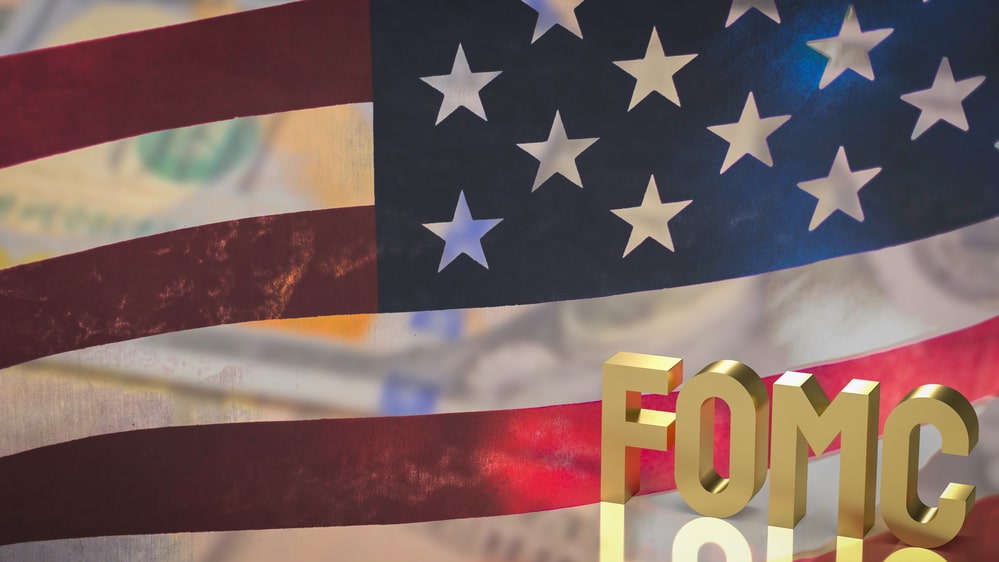
Monetary Policy & Inflation | US

Monetary Policy & Inflation | US
This article is only available to Macro Hive subscribers. Sign-up to receive world-class macro analysis with a daily curated newsletter, podcast, original content from award-winning researchers, cross market strategy, equity insights, trade ideas, crypto flow frameworks, academic paper summaries, explanation and analysis of market-moving events, community investor chat room, and more.
At the 22 March FOMC, the Fed expected the banking crisis to be contained but ‘result in tighter credit conditions for households and businesses, which would in turn affect economic outcomes.’
Since then, the data has supported the Fed’s expectation that the banking crisis would be contained: Fed lending to banks has fallen, deposits have fallen roughly in line with quantitative tightening (QT) (Deposits Flight Reflects Quantitative Tightening, Not Confidence) and flows into Money Market Funds (MMF) have turned negative (Charts 1 and 2).

At the same time and contrary to Fed expectations, the credit crunch has not materialized, yet. Large banks’ lending has not decreased: the offset of the deposit losses on the asset side of large banks’ balance sheets has been cash and securities rather than loans (Chart 3).

In addition, small banks’ lending growth has resumed (Chart 4). The sharp decline in deposits and smaller decline in lending after the-Silicon Valley Bank failure lasted only a few weeks.

The Fed Q2 Senior Loan Officer Quarterly Survey should be released before the FOMC meeting and provide more colour on any tightening of lending conditions. The Fed has kept itself informed of credit conditions on a real time basis, even if the information has not been made public yet.
A Dallas Fed survey of eleventh district banks, released on 3 April, showed that slower loan growth was demand rather than supply driven. In addition, the tightening of credit conditions since the SVB failure was small relative to the tightening that had already occurred since the Fed started hiking in March 2022.
Against banking sector stability, growth and inflation have not slowed meaningfully since the March FOMC meeting. The March CPI showed limited progress on disinflation: core goods deflation is slowing while a recovery in rental indices suggests more upside to shelter inflation (March 2023 CPI: Inflation Trends Remain Stubborn).
In addition, slowing employment growth continues to outstrip labour supply by a wide margin, and the labour market remains hot (March 2023 NFP Review—Fed Likely to Hike in May). As a result, real wages are rising (Chart 5) and the share of wages in GDP has increased, while that of profits has decreased (Chart 6). This could set the stage for an acceleration of inflation in H2 as the strong economy could see corporates attempt to restore their margins.


The combination of banking stability, loan growth, and strong employment growth without disinflation has seen FOMC speakers tweak their assessment of risks. For instance, Governor Cook (dove, voter) on 31 March stressed that the ‘banking turmoil had the potential to tighten credit.’ By 21 April, Governor Cook was ‘assessing the impact of tighter credit and strong data on policy.’
At the same time, the doves are likely to argue that it is too soon to sound the all clear on the banking front. I therefore expect the Fed to hike 25bp next week and signal that it is on hold, while simultaneously acknowledging the strong growth and inflation data. I also expect Fed Chair Jerome Powell to push back against the 70bp in rate cuts priced between June and December.
While I agree with the market pricing an 80% chance of a 25bp May hike, I disagree with the 70bp rate cuts priced in for the remainder of 2023.
Spring sale - Prime Membership only £3 for 3 months! Get trade ideas and macro insights now
Your subscription has been successfully canceled.
Discount Applied - Your subscription has now updated with Coupon and from next payment Discount will be applied.